Monster Hunter Rise on Switch
About 10 hours into my first playthrough of Monster Hunter Rise, I put it down, hopped on to a little-known website you might’ve heard of called Amazon.com, and bought the Hori Split Pad Pro controller for the Switch. Enough, I thought, was enough. As great as the Joy-Cons are, they just weren’t cutting it for portable play, especially for an action-oriented game like Monster Hunter Rise that you could play for hours.
I was so desperate for a comfortable way to play this game in bed, on the couch, at the dinner table without my hands cramping up that I dropped $50 on a third-party console add-on without any hesitation. That’s probably the highest order of praise I can offer up to Monster Hunter Rise: I can’t get enough of it, and it’s one of my favorite portable gameplay experiences in recent memory.
After the success of Monster Hunter: World, it was hard to imagine that a Switch-exclusive (at least for now) MonHun game would be able to top the level of detail that went into its predecessor. But as you’ll soon find out, World and Rise both seek to fulfill very different purposes. Whereas World was all about level exploration and learning about endemic life in their natural habitats, Rise feels much more video game-y by comparison. It’s not quite as immersive, but it’s a hell of a lot more fun to play.
Right off the bat, you’re introduced to the two new mechanics in Monster Hunter Rise: Palamutes and Wirebugs. Palamutes are a new type of dog-like Buddy you can take into battle with you, alongside your Palico. They’re more aggressive, and they’re big enough that you can ride them to get around levels faster. Yes, you can ride your dog in Monster Hunter Rise. Don’t question it.

Just like the Palicoes, you can forge new gear for them, and customize them to your liking. Palamutes are adorable. Enough said.
Wirebugs, on the other hand, have proven to become a real game-changer. While the iconic clunkiness of Monster Hunter gameplay is still intact here, Rise’s Wirebugs allow you to move around quicker and recover much faster than ever before. Whereas in your typical Monster Hunter game, you’d take a few seconds to recover after getting whacked in the face by a large monkey, in Rise you can perform a quick maneuver with the Wirebug to land on your feet safely.
That’s not all the Wirebugs are good for either; they let you grapple to high points and get up to higher levels quicker. You can even wall run for a short period of time! Put the Wirebugs together with the Palamutes, and you’ll be able to get from one end of a level to the other way faster, which, in turn, helps to make hunts feel more efficient.
Speaking of levels, as previously mentioned, no, they’re nowhere near as detailed as the ones we saw in World. They’re also much smaller, but oddly enough I found myself enjoying this more compact experience. A bulk of my playtime with Monster Hunter Rise was spent in handheld mode — I’d try to get in a few quests before bed or before meals, and the smaller zones meant that I could cover more ground faster.
With the Palamute, I was basically zipping around everywhere quickly, and I could track my foe in record time. I like this a lot. Monster Hunter Rise is meant to cater to the portable/handheld audience, and all of these new mechanics, together with the smaller levels, help to facilitate that.
It also helps that Monster Hunter Rise has separated its single-player and multiplayer quest lines. Village quests can only be done solo, and will help to progress the story. Monsters encountered here are also slightly weaker and easier to kill, so hunts take even less time. It’s a good way to familiarize yourself with the game’s mechanics, especially if you’re new to the series, making this the most accessible entry in the series yet.
That being said, there are still a lot of little mechanics and systems to get to grips with.
Sharpness and weapon effectiveness against specific monsters are never really explained, and Rise doesn’t waste any time in bombarding you with a bunch of little systems that will help you out in the long run if you take the time to get to know them. Buddy scouting! Meowcenaries! Argosy Trade Requests! Buddy gear! Charms! There’s a lot to take in, but the Village quests will get you well-acquainted with the basics very quickly.
Once you’ve gotten the hang of things, you can start taking on Hub quests alone or online, where the monsters are back at regular health and strength. This is where the proper MonHun experience is, though I’d recommend powering through the short campaign before fully getting into Hub quests.
Hunter Ranks are also separate between Village and Hub quests, but if you do enough Village quests, you’ll unlock a special examination that lets you jump ranks for your Hub quests once you clear it.
In between missions, you’ll occasionally get to take part in Rampage quests, which are another new addition in Monster Hunter Rise. These are kinda like tower defense games where you have to set up defenses to protect the gates of Kamura Village while hordes of monsters rush in. These offer up separate rewards as well, such as Ramp-Up Tickets that can be used to enhance your weapons with special skills like attack or defense boosts.
You could probably enjoy the game without dabbling too much in Rampage quests outside of the ones required to further the story, but they serve as nice diversions from the usual loop. You’ll enter the arena, set up a bunch of automatic turrets around the gate, and maybe set up a couple of manual ones that you’ll have to operate yourself as well.
It’s ridiculously satisfying to watch monsters that you might’ve struggled with in hunts go down so quickly by blasting them in the face with a cannon. You get access to all sorts of crazy contraptions like the Dragonator to basically one-shot weaker monsters.
The tutorial could be a bit more streamlined and better explained, though the same could be said for almost every other aspect of this series, but for the most part, it’s fairly intuitive and you’ll pick up the little nuances the more you play.
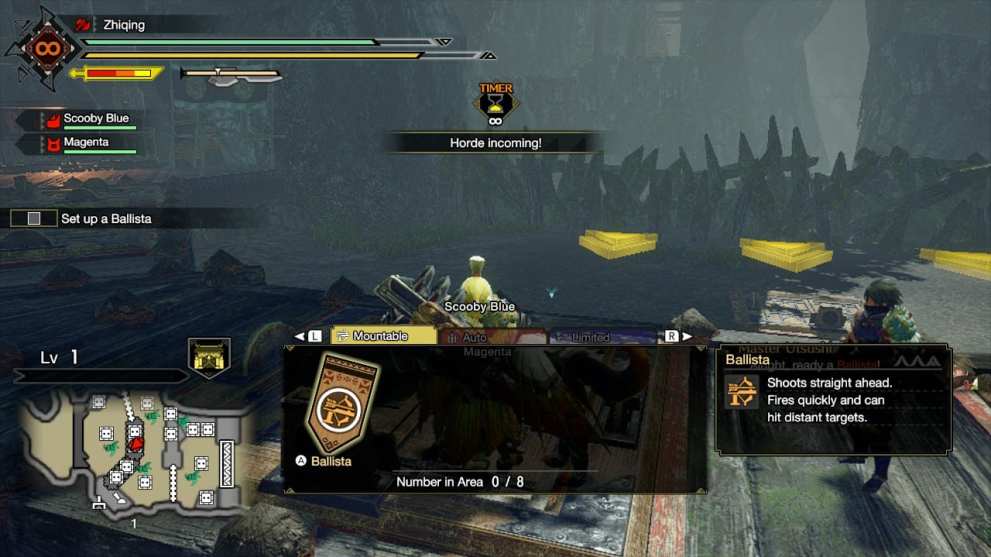
Tying all of these little elements together is the setting, which I’ve found to be extremely comfy for bedtime play sessions. Set in the cozy Kamura Village, the community and cast of characters feels close and very tight-knit. The characters themselves are full of personality, too; Hinoa and Minoto are way more tolerable than World’s Handler, and while I do miss the iconic Meowscular Chef, Rise’s new dango chef cats are cute as hell.
I mean, seriously. They do a little song and dance while prepping the dango and it never fails to pump me up for the next hunt.
Having the game set in a little village like this that you’re just trying to protect has really helped to add to the overall cozy feel of Monster Hunter Rise. Over the past couple weeks, I’ve found my mind wandering back to Kamura Village, craving even more of it. The overall atmosphere is only enhanced by the little haikus that serve as a monster’s introduction when you’re about to hunt them for the first time. It’s incredible.
Outside of that, Rise is really the same ol’ Monster Hunter formula Capcom has perfected over the years. Pick a weapon (doesn’t matter which, they’re all pretty clumsy till you get used to them), then get out there and start hunting some monsters. Every action you take feels weighty, and you truly need to be a little more careful and calculated before making a move.
That said, the aforementioned Wirebugs do make a huge difference. By letting you recover quickly even as you get knocked around, Monster Hunter Rise affords new players more room to experiment and fail without feeling like they’re being punished too harshly.
Everything else remains the same; hunt a monster, carve it up for parts, use those parts to craft better gear, and repeat. Except this time, the introduction of the easier Village quests help make this series feel more approachable than ever before.
The game even looks pretty aesthetically incredible. Rendered with Capcom’s in-house RE Engine, the CGI animations are crisp and beautiful, and while graphics do take a dip while in handheld mode, the vibrant color palettes help to carry the game. This is also the first portable Monster Hunter game without sector load times, and I’d be remiss not to mention how damn fast everything loads.
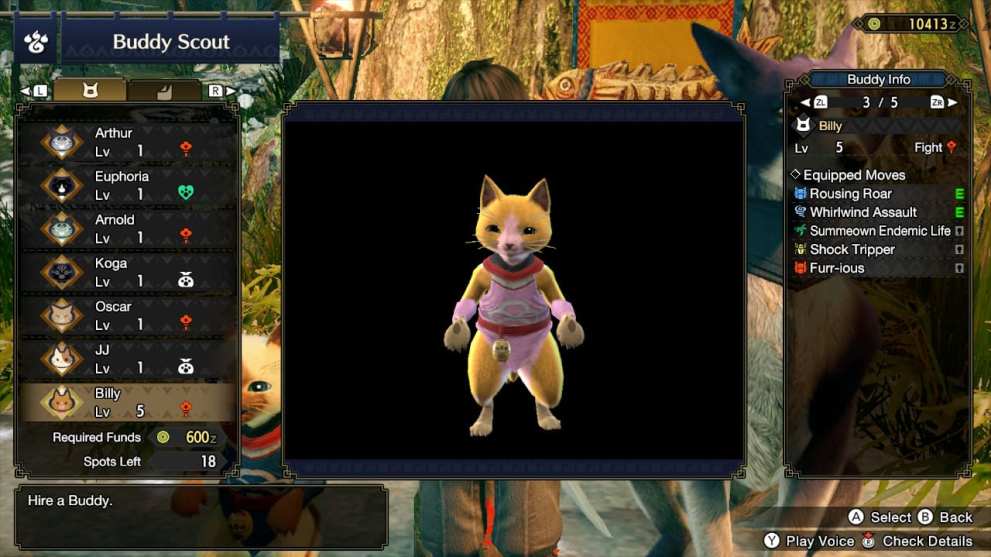
Monster Hunter Rise runs absolutely beautifully on Nintendo’s little console, from smooth frame rates and fast load times to the fluidity of jumping off your Palamute’s back to bring your switch axe down on a monster’s head. As you might’ve already guessed, though, Rise doesn’t feel that great to play in handheld mode with the regular Joy-Cons. They’re much too small for a pretty hectic action game, and not very well-suited for lengthy play sessions.
My new Hori Split Pad Pro makes the Switch look comically large, but I’ve found that it’s quickly becoming the only way for me to play in bed, when I don’t want to leave the console in the dock. The regular Joy-Cons are serviceable, but you’ll likely start experiencing bad hand cramps after a while, which is never pleasant.
Even so, I can’t recommend Monster Hunter Rise enough. The new gameplay additions are few, but very impactful and have pretty much changed the way I look at the series now. While World really brought the series to the next level in terms of graphical capability and level detail, Rise takes a solid step forward in evolving Monster Hunter’s gameplay. It’s still a tricky game to play with a high skill floor and ceiling, but the series has truly never been more accessible than it is now.
- The game runs beautifully with fast load times and consistent frame rates in handheld mode.
- The cozy atmosphere of Kamura Village really adds to player immersion.
- Wirebugs are a huge game-changer for the series.
- Palamutes are pretty damn cute.
- Rise is the most accessible the series has ever been, especially with the new Village and Hub quest structure.
- It's not very comfortable playing in handheld mode.
- There are still a few systems and mechanics in this game that could use more streamlining or better tutorials.

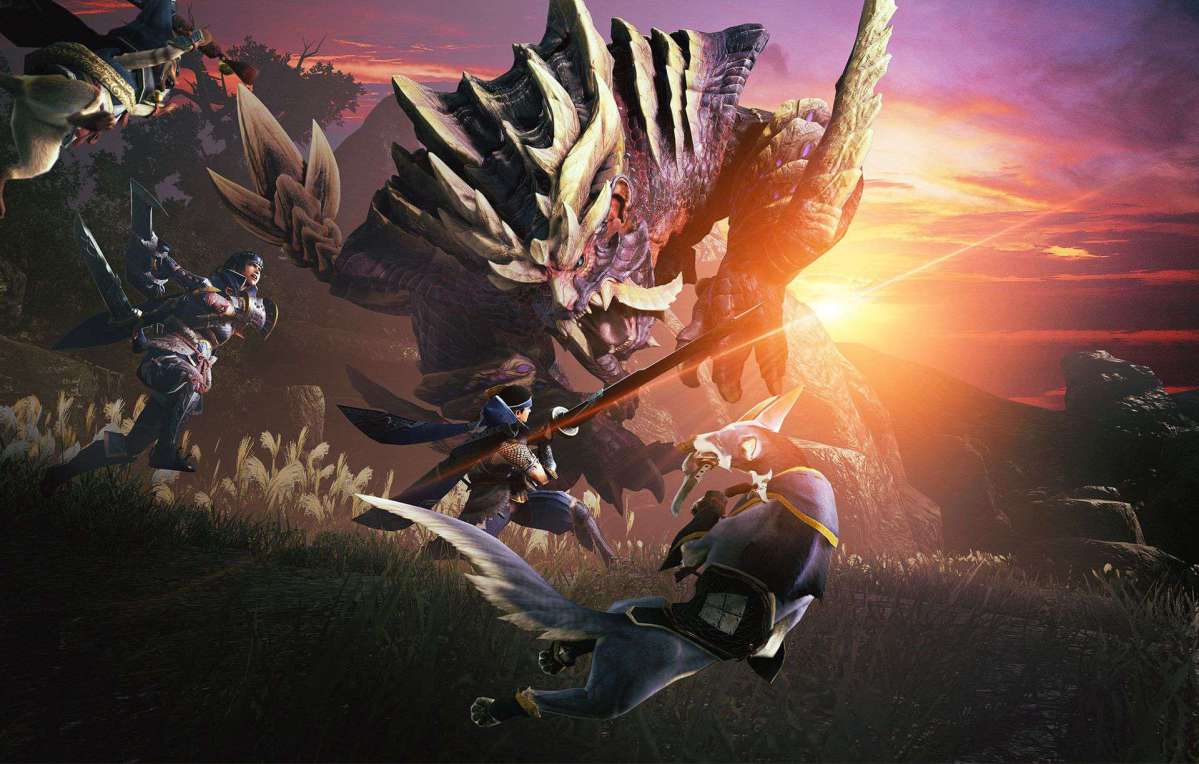

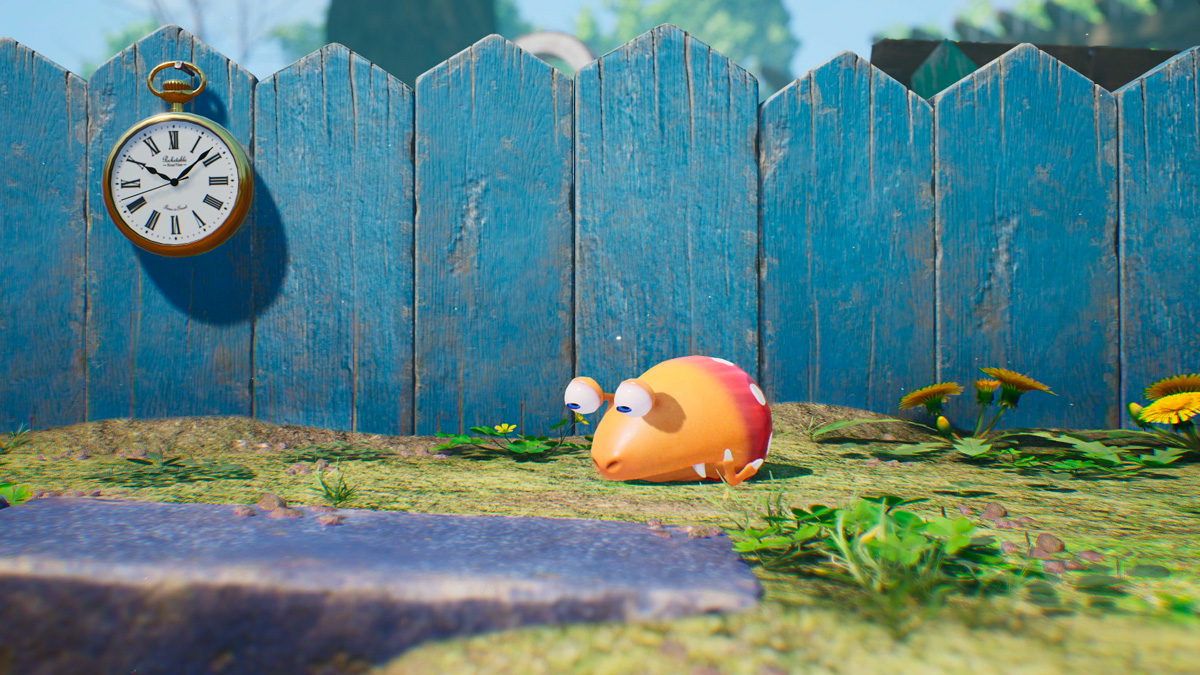

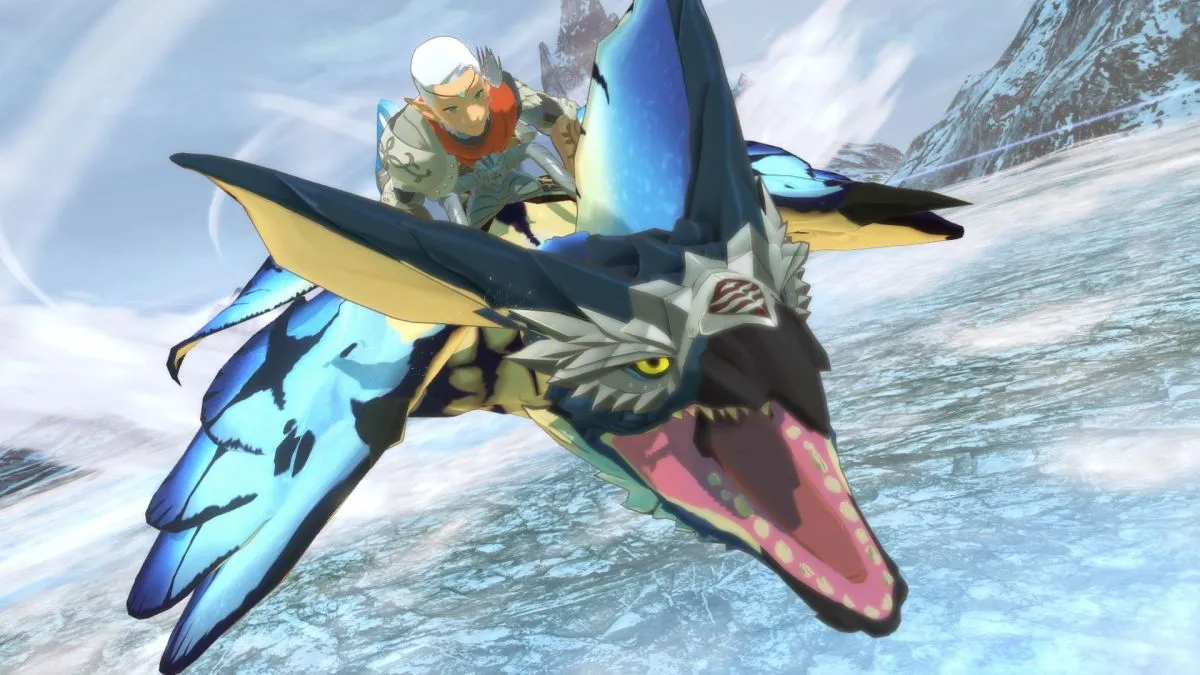
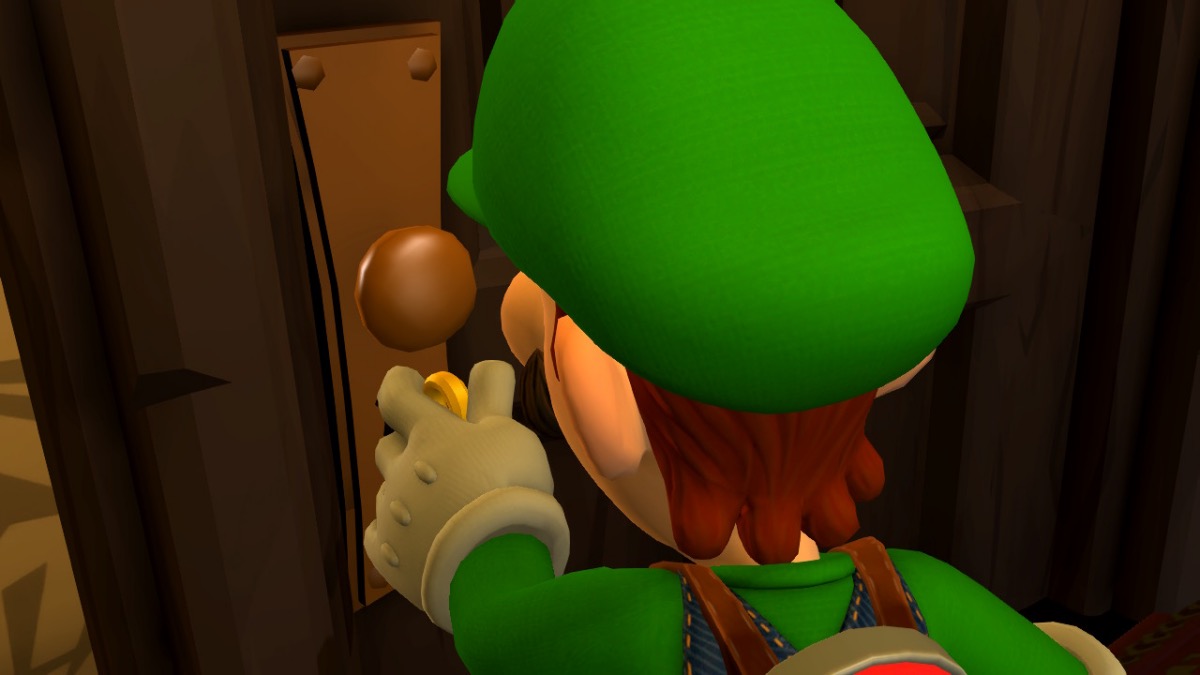

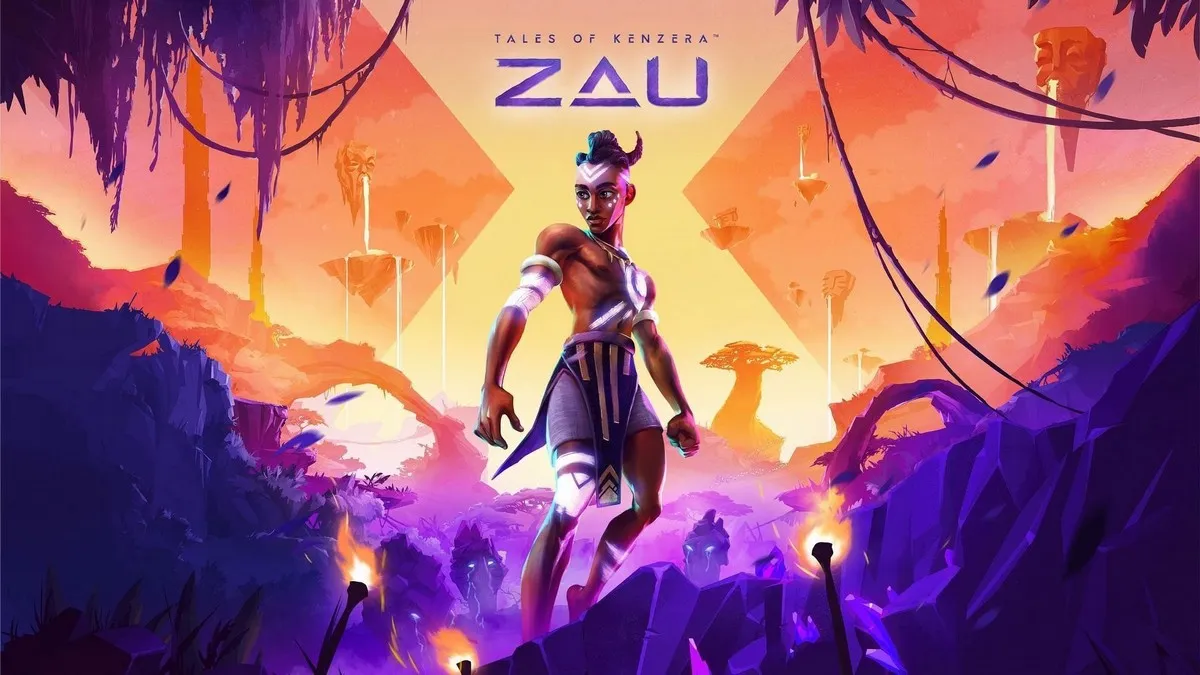



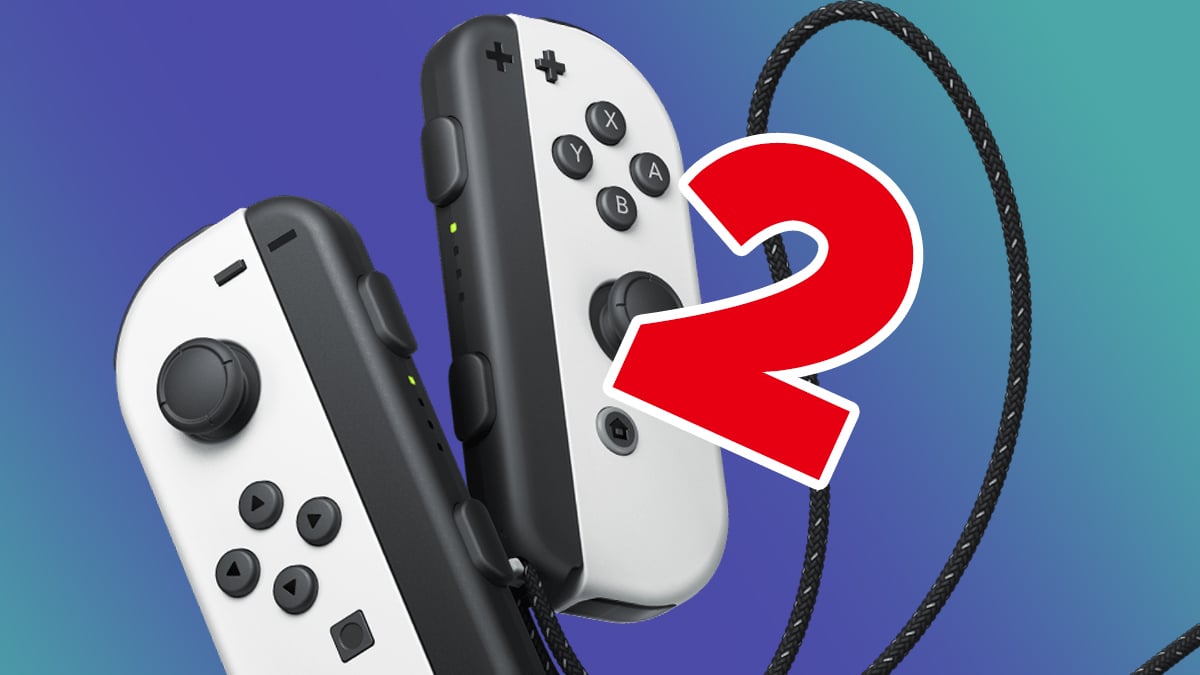
Updated: Apr 6, 2021 05:57 am